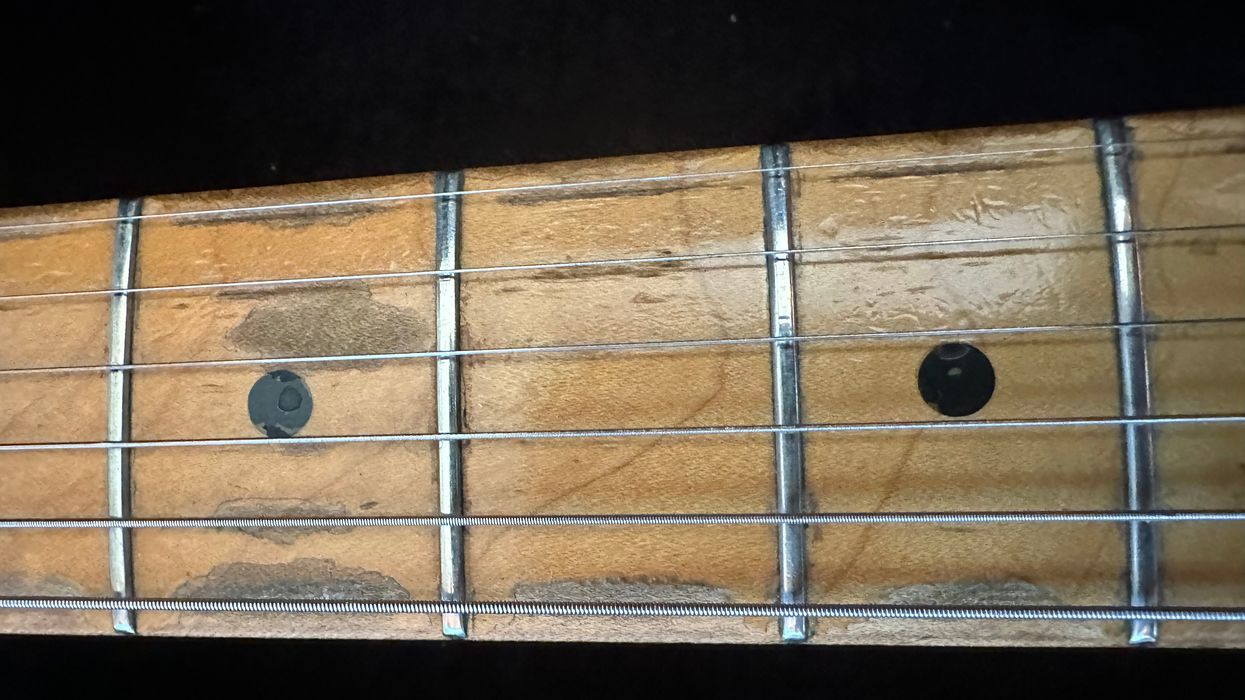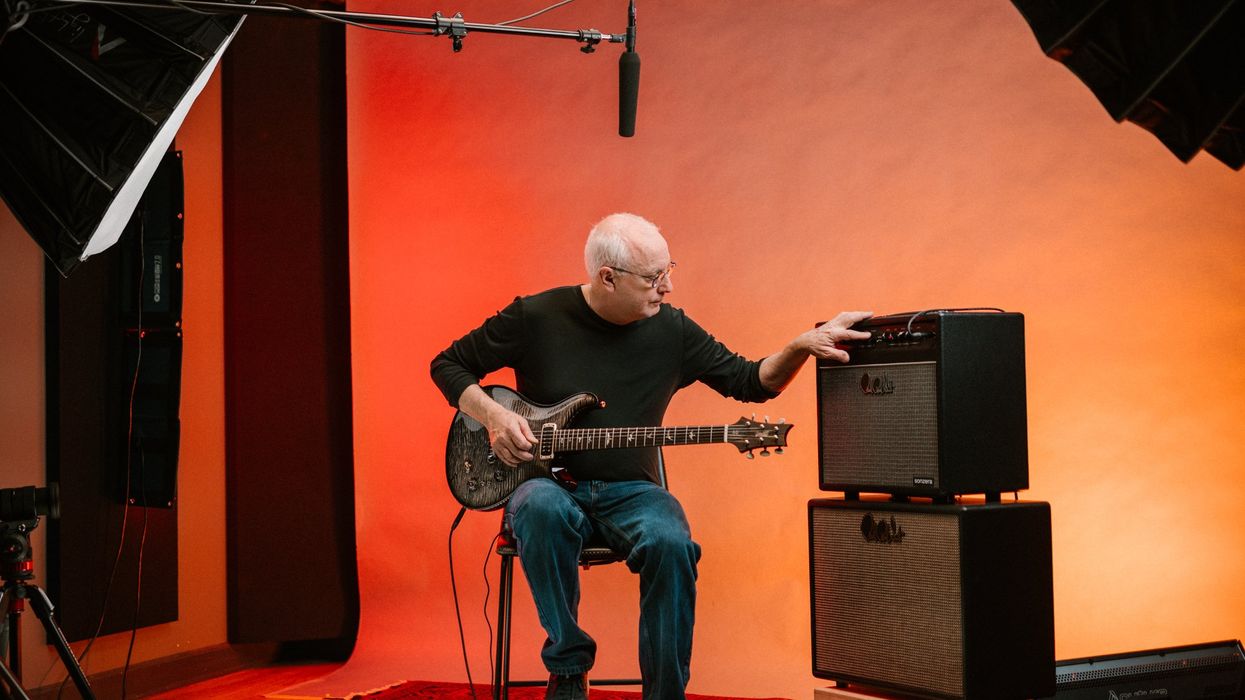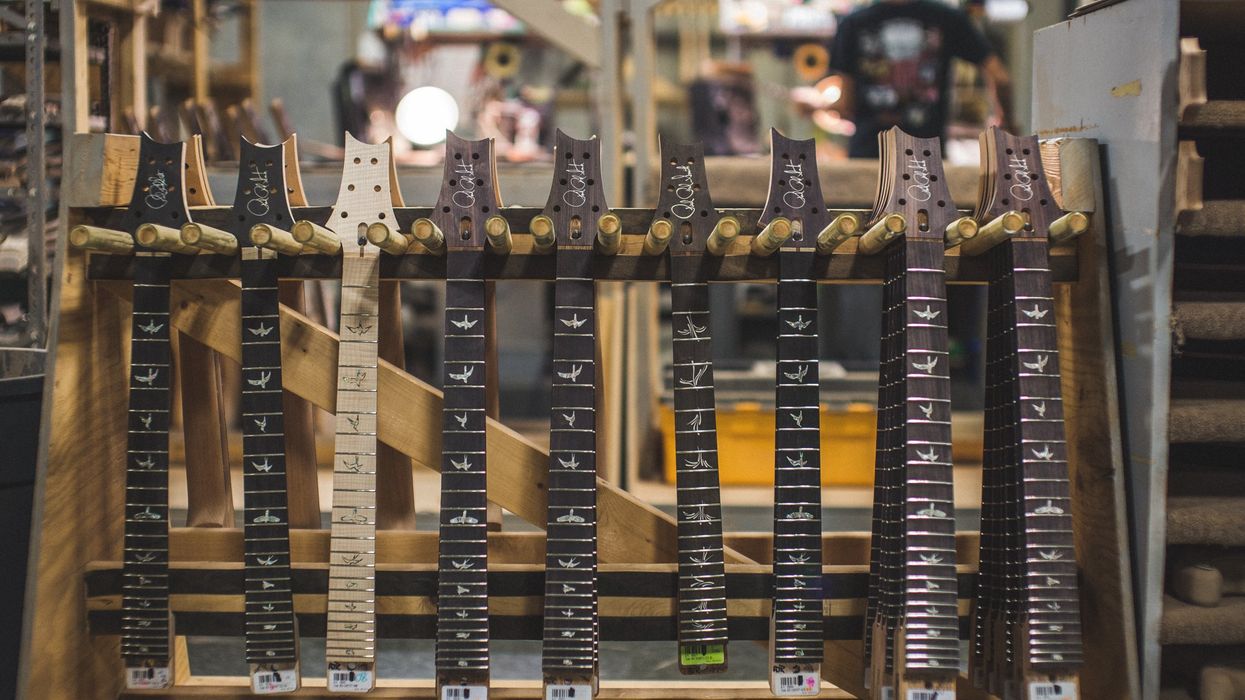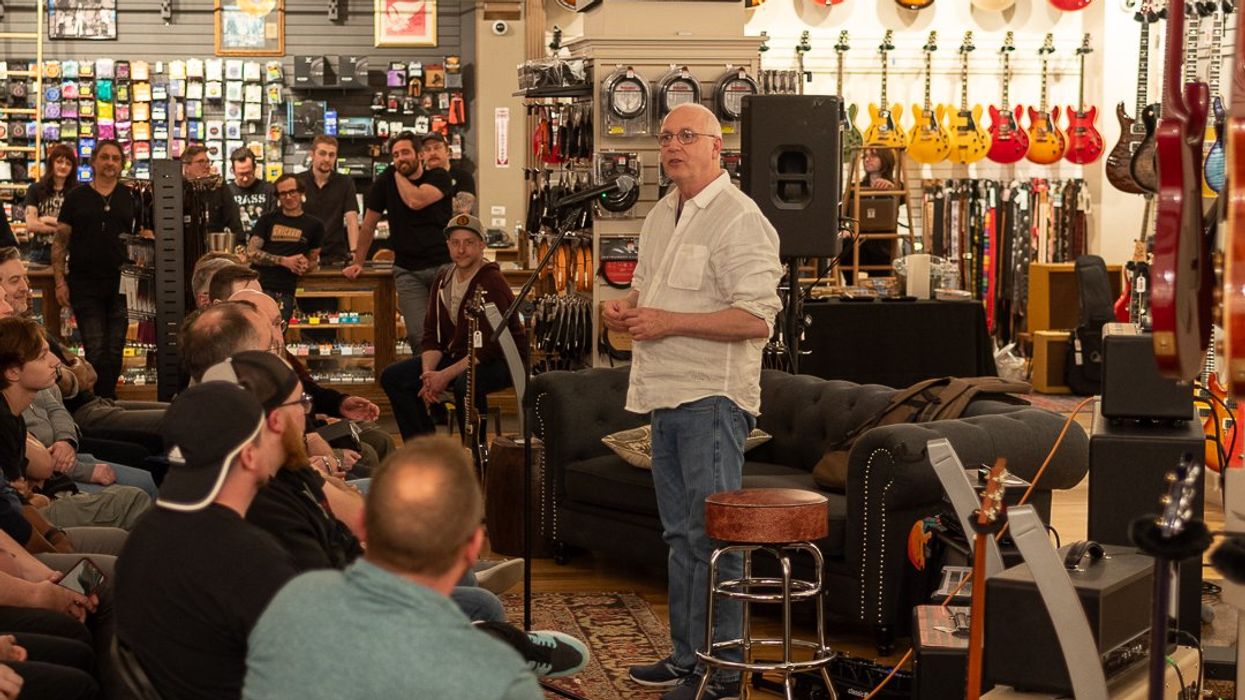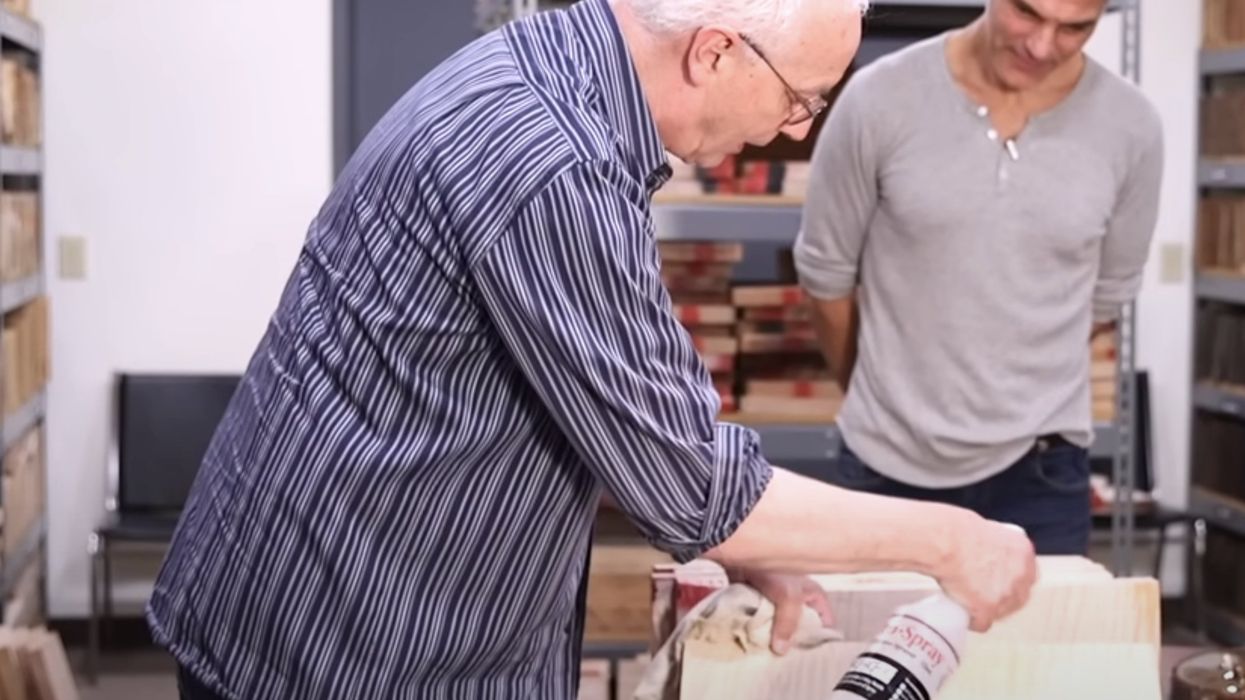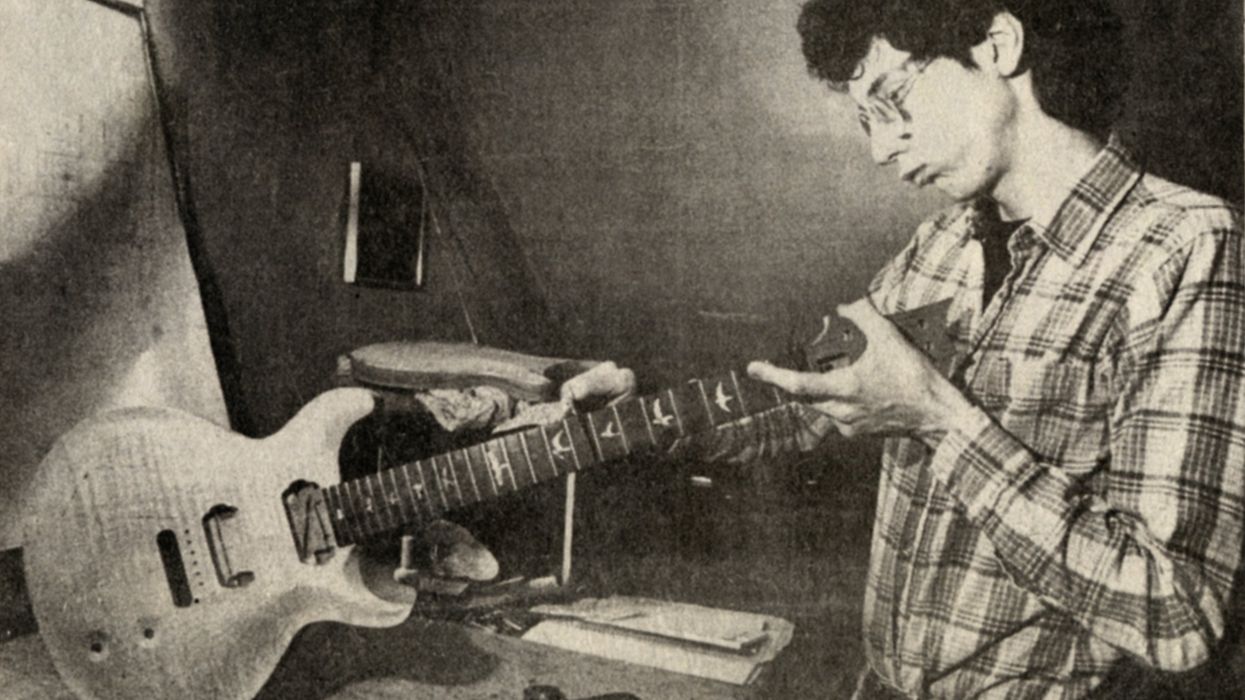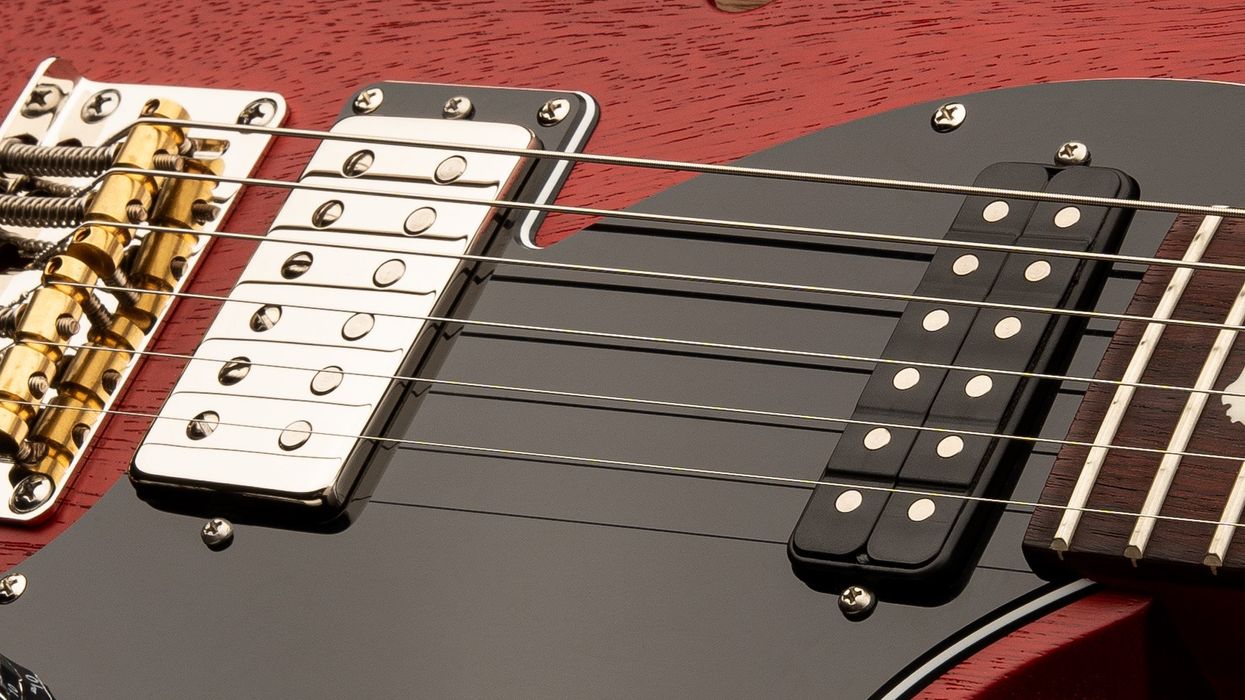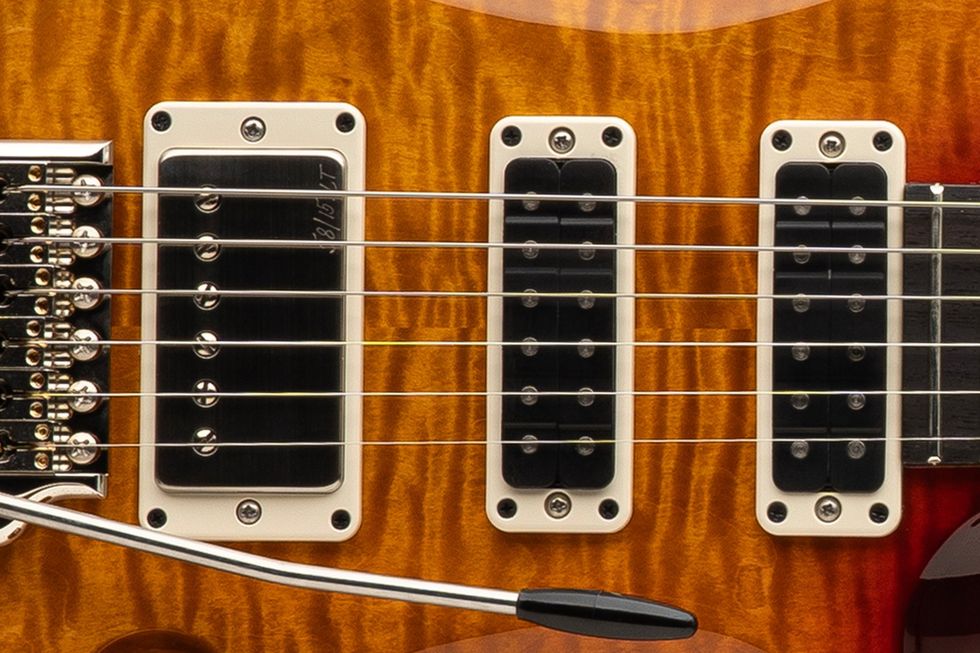Let me start with a story. I once had a 1969 Telecaster neck covered in polyester finish that was really thick. We stripped the finish off the neck, and the neck literally started to come apart. The skunk stripe in the back started to shrink and come loose. Basically, the neck was built with really wet wood, and it had been encased in polyester for decades—like a swimming pool..
This was not something that could be seen at the point of purchase. But at some point, that company wasn’t drying the wood, because my experience with instruments built around 1964 is that they didn’t have this problem. I’ve never seen a vintage Fender built before 1964 where the frets were sticking out the side of the neck because they hadn’t dried the fretboard well enough, and it shrank.
For the most part, there’s an extraordinary amount of trust when you’re buying an instrument. For example, customers trust that the frets are installed in the correct positions without checking each fret position with a tuner. This trust is mostly deserved, as most frets are generally installed in the right places. What’s sometimes not installed in the correct place is the nut. This controls how open chords play in tune down in the first position. I’m going to make a list of the things I believe you can see when you buy a guitar, and the things you can’t. My hope is that it helps you make your next purchase with confidence.
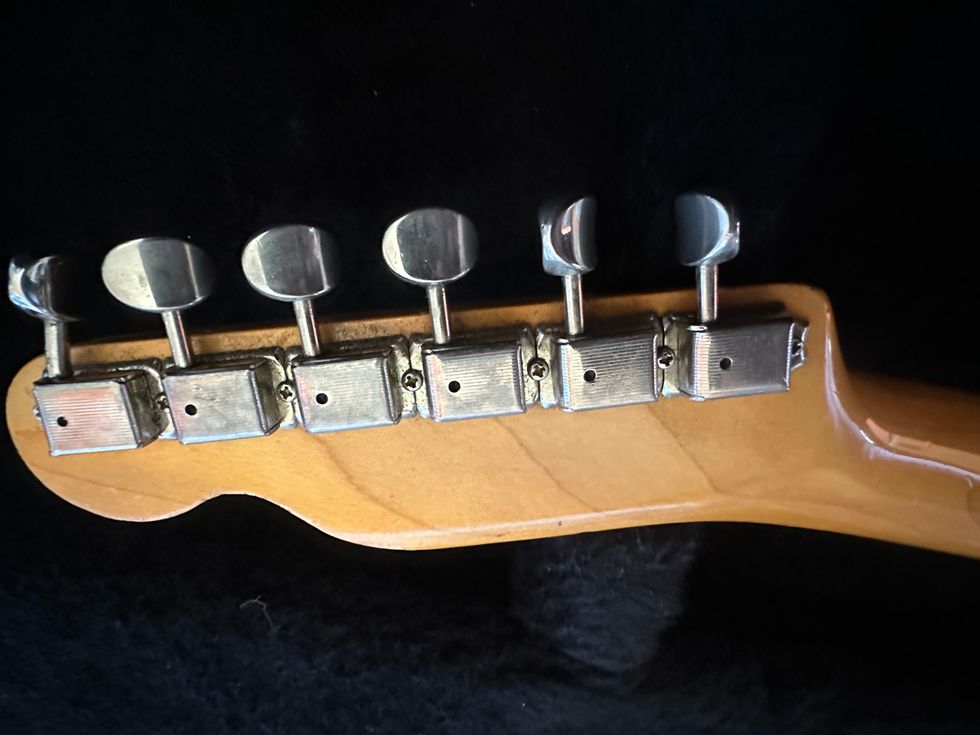
Tuning pegs are among the easy-to-inspect items when shopping for a guitar. The peg at far left has clearly seen better days.
In general, here’s a list of what you can see:
- Tuning pegs and how they operate
- If the nut was cut well in terms of string height over the frets
- The neck shape as regarding how it is comfortable in your hand
- How the truss rod adjusts
- How well the instrument was inlaid in the fretboard
- How the side dots look
- How professional the binding is
- If the neck angle is generally acceptable
- If you like the shape and comfort of the body
- The beauty of the finish
- Overall aesthetic quality
- The sound of the pickups
- The electronic controllability
- Comfort of the bridge
- If the guitar intonates at the 12th fret
- How well is the guitar set up
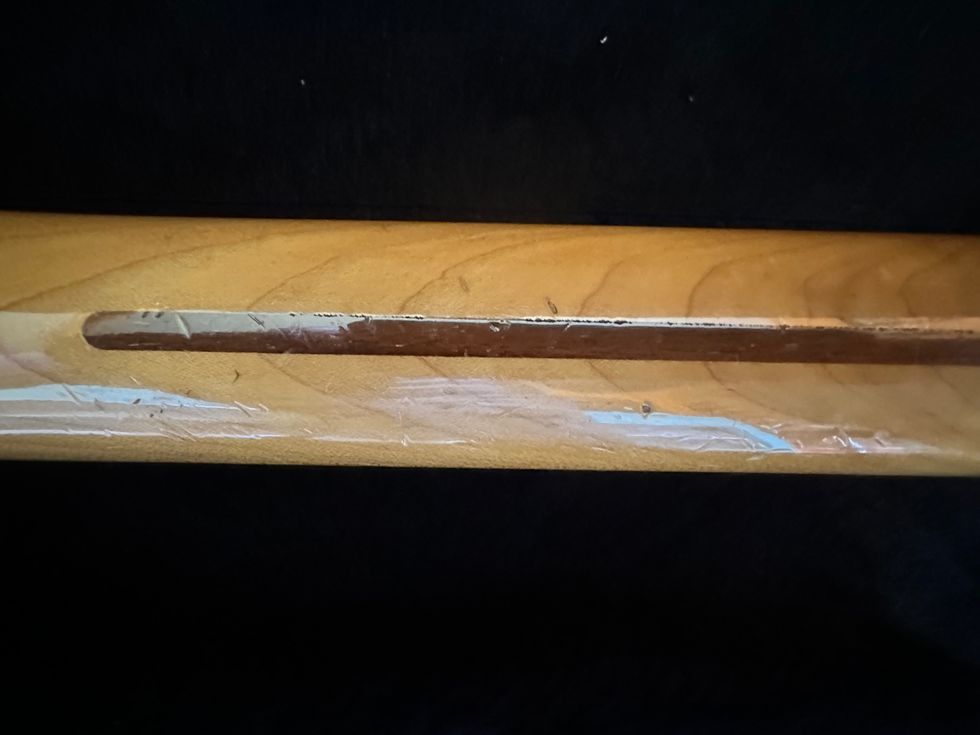
The “skunk stripe” on this old Tele’s neck remains well-seated.
In general, here’s a list of what you can’t see:
- Are the woods wet under the finish
- How well are the woods dried?
- Will the fretboard shrink so the frets stick out of the neck over time?
- Are the tuning pegs deadening the tone?
- What’s the nut made of and how well it is glued on?
- Are the nut slots too narrow, creating tuning problems?
- Are the frets level?
- Is the truss rod deadening the neck?
- Do the pickups squeal at really high volume? (You may not know this until testing the guitar in a live setting.)
- How thick and how soft is the finish?
- Will the finish last a lifetime?
- Will all the glue joints hold up over time?
- How well does the instrument record?
- Will the frets move over time from reactions to things like sweat?
So, it comes down to trust. Did the guitar-making company tend to all the things that you can’t see when you buy the instrument?
“My goal, as a guitar maker, is that you can take the guitar out of the case and play a gig or a recording session without a repairman working on it first.”
The best way to tell if you want to buy a guitar is to play it! If an instrument is built really well, your experience of playing it will give you a good indication of how well the things you can’t see were done. If the instrument is really trebly and has no bass or midrange, maybe you should walk away from that purchase. If you strum the instrument and go, “Oh my god, that sounds great,” and then you plug it in, and it sounds beautiful—buy it. By the way, online shopping has made this process fairly painless as well, so you can play guitars in stores as well as shop as on the internet.
My goal, as a guitar maker, is that you can take the guitar out of the case and play a gig or a recording session without a repairman working on it first. That said, my personal guitars are often in our PTC (tech center) because of little tweaks that I want done. To tinker, in my mind, is normal. To have to pay for a setup on a brand-new guitar is not. Happy shopping.


